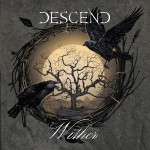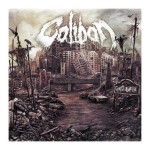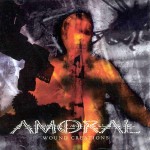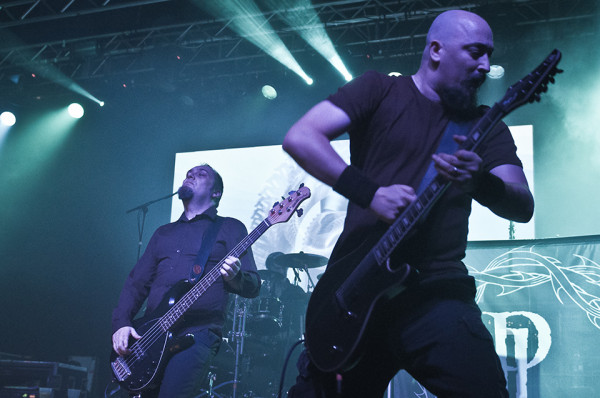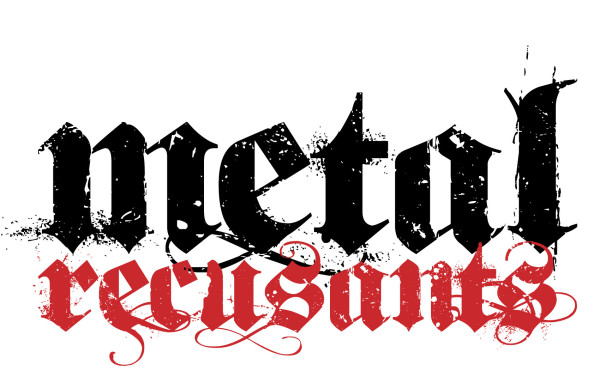What are Sadistic Metal Reviews? When people decide that life is worth living, try to make good music. Unless they hope to make a quick buck, in which case they disguise bad music as “innovation.” We separate the good from the bad — with a machete. Come for the misery, stay for the occasional exception…
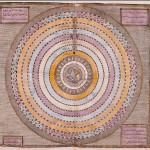 Divine Circles – Oblivion Songs
Divine Circles – Oblivion Songs
The mainstream assimilation of metal continues. This is basically coffeehouse femme-folk-rock like Jewel would have spun two decades ago when metal was still doing something relevant. Instead, it sounds like a Taylor Swift/Janis Joplin hybrid on piano while someone strums a lightly distorted guitar in the background and some bell-bottomed burnout bangs a cowbell. I can appreciate the similarity to neofolk bands, especially Hekate, or even the folk-rock tradition of the Americas. But it’s most similar to the goddamn crap they play in Starbucks or our local “alternative” (read: clean every other Tuesday) coffee shack. A girl sings about fanciful things, there’s some guitar and a lot of slightly exotic rhythm. But when you leave and drive home, you’re thankful for the silence. This has nothing to do with metal and should go back to the coffee shops.
For people who thought Korn was too musical, Roadrunner has saved the day. ANGRY MAN babbling over death metal riffs reduced 100 levels of complexity, with random vinyl scratching noises and sampling thrown in for…some reason. These riffs were lifted from a White Zombie album which lifted them from a Metallica album which borrowed them from a NWOBHM 7″ which probably borrowed them from the rantings of cavemen etched into sandstone near the local juvenile detention center. To these basic speed metal riffs, they have added abundant bounce and doubling the internal rhythm on the offbeat, which gives the illusion of complexity for about ten seconds, and they’ve wrapped them around rock melodies. Speaking of wrapped, why aren’t we calling this rap/rock? It’s obviously rap music sanitized for the people too uptight for even backpack hip-hop, thus it gets injected into rock and to disguise the obvious lameness of this combination they cover it in heavy metal stylings like melted chocolate poured over a corpse. Lyrics are moronic, riffs are moronic, album art is moronic…is anything in this band appealing to functional humans? If a vengeful god were to rain napalm on America for producing this album, it would be justified.
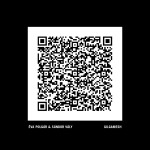 Éva Polgár & Sándor Vály – Gilgamesh
Éva Polgár & Sándor Vály – Gilgamesh
Art music faces one ultimate test: will people listen to it on a regular basis, in regular lives? I’m not talking about the heroin and cigarettes crowd in Williamsburg with their postmodern degrees from Brown, but normal people. Thoughtful, intelligent, realistic, well-adjusted people. Do they listen to it? Or is it something they think is neat, maybe would be good in a movie, and then politely clap and never hear it again? Gilgamesh qualifies as some of the better art music I’ve heard. It is an sonic backdrop to the famous tale, rendering in quickly played piano riffs while other instruments fill in background chording. This has more in common with industrial music and avantgarde jazz than rock, but each track creates a series of emotional sensations corresponding to its chapter of the Gilgamesh saga. It is artfully done and powerful but is too abrasive and repetitive for every day primary listening. Further, it is too arty and conceptual to find a place in the balanced life. It would make a killer soundtrack for a silent film however.
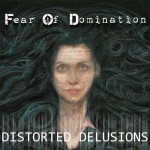 Fear of Domination – Distorted Delusions
Fear of Domination – Distorted Delusions
Music designed to pander to newer listeners is often excruciating. First, it must have an obvious novelty in style that usually defeats common sense. Next, it must appeal to people whose first instinct is essentially disruption and chaos. As part of this, they favor weapons like repetition and garish aesthetics. This album will not disappoint on those points. Mixing clubby techno (itself suspiciously like disco) with metalcore and crowd-positive industrial like Rammstein, Fear of Domination spit out music that is essential keyboard-led but has background guitar and bass which are entirely obliterated by the harsh, chanty and repetitive vocals. There is not a single metal riff on the album. There is also nothing new to people who have experienced even Ministry, but a form with novelty gives this some of the appeal of more austere industrial bands. Still the repetition level and degree of obvious manipulation makes it excruciating for people who have heard more than a dozen albums.
In the absence of Nu Metal, everyone is rushing to take over the territory of Limp bizkit or Korn. From bling bling tech-core band Despised Icon to recent Napalm Death to streamlined Unique Leader sounding Morbid Angel palm muting riffs, Benighted blend everything that’s hip and br00tal in the scene together as the perfect sonic weapon for the frustrated school kids. This whole album is full of preachy and overreacting jerking noise. The band’s new music video reflect all of these: attending school is bad and teachers are evil, the world is insane, so buying this album is the right way to the first step of revolution. The hilariously out of place cleared-throat howling choruses sound like any metalcore rather than death metal, they make me want to put on the Korn records instead. Nothing from Benighted’s album is remotely exciting to the ear of a longtime metal listener. The volume is louder than Grammy performer Metallica, but the music is just as bland. Benighted and their far relatives Insane Clown Posse and Fleshgod Apocalypse are definitely worth exiling from the metal world.
What is problematic about post-metal/indie-metal, and rock music itself, is nto that it’s distinctive. Rather, like a good product, it’s created by audience surveys. What do they respond to? — put that in. What got bad response? — take it out. What was neutral? — reduce it. The problem is that you need all the colors of the rainbow to paint a picture, so just because audiences prefer blue over yellow does not mean yellow should be removed. In fact, it aims to create a monotone picture where all of it is the color audiences want in their living room and none is the less favored colors. But art is a communication of a mental journey between two points. It shows us someone emerging from a state to a higher realization and then acting on that for triumph. It reveals a mixture of emotions that signal an ultimate resolution, or at least a clarification in the mind. But what we call “modern metal” — itself a clone of the late hardcore, post-hardcore, emo and indie movements of the late 1980s through middle 1990s (Jawbreaker, Rites of Spring, Fugazi) — is like rock music designed to just be that perfect wallpaper for your life. The right shade of sweater, the right ironic frames for your glasses, the purse that makes you look like a wandering boho hippie who might just happen to have a degree in art history. It’s the cult of the ego, and the ego demands only what serves it in full and denies the experience required to get there. This is because the ego wants nothing to do with the external world, and prefers that which is “human,” namely itself and those it socializes with. Fluisteraars is 2/5 old school black metal like Enslaved and Darkthrone, and the rest the newer material in a dronining long form that uses multiple riffs derived from a single theme, like Pelican. The result is very pleasant to listen to but when it is done nothing has changed in your life. You are back shopping for wallpaper, ignoring anything outside of yourself, and consequently, missing out on anything that can be called soul.
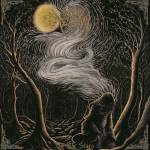 Woods of Desolation – As the Stars
Woods of Desolation – As the Stars
Most of people can’t tell the difference between shallow light-hearted commercial product and art, therefore the conformists can always make some metallic indie rock to troll the underground. Woods of Desolation is the black metal version of Explosions In The Sky; both of them use the highest notes of the guitar chords to outline the weary lie-down-and-die pentatonic melodies while songs build around the sweeping textures. Just like the prototype of this sub-genre Alcest, Woods of Desolation’s music is nice and sweet and flawless, it make one hard to criticize them. But the reality is, three months after the hype, those who praised it like hell initially would throw this album away for these spun sugars annoying them just as the morning wake up cell phone jingles.
Post-rock and post-metal generally mean attempts to recreate emo through expanded minimalist sound. Towers takes an approach more like Swans where they build a drone and then layer it with interesting textures. The result is rhythmically motivational, like a march, but ultimately can’t go anywhere because like the notion of “concept music” it can’t go anywhere but to its furthest extreme. Thus what we have is interesting, but not something you’d want to repeatedly listen to except in the background or as part of a movie soundtrack. It is not terrible in any part, and on the whole it is bland and inoffensive once you get past the “extreme” style. Arguably, Towers is the best example so far of how to make post-rock/emo into something that is not terrible. The problem is that listening to it feels like being driven over by Friday 5 pm NYC traffic, and so it’s unlikely that anyone will turn to this for repeated listens that bring out some positive aspect of being alive.
 Sunn O))) and Ulver – Terrestrials
Sunn O))) and Ulver – Terrestrials
Background drone of distorted guitar vibratto and feedback. Foreground slow chords, standard post-metal. Melody slowly layered, then repeats. It goes on in a big loop. Any given second of it is inoffensive and seems like something cool might be happening, but then, if you listen to the whole thing, you realize its fatal flaw is that it’s boring. Nevermind that Lull and Fripp did this years ago but better. Nevermind that these bands were both wrecking balls to metal’s integrity. Just listen to the music: it’s repetitive, doesn’t development, and basically does nothing but establish a drone and a half of a mood. What would you do with it? Listen to it? No, this is music for you to explain to your friends. The point is that you know something they don’t and you can thus explain how profound it (and you) are. It’s no different than people going to rap concerts to pose at being gangsters or young girls who cry when Shakira sings about her hips. It’s just more pretentious.
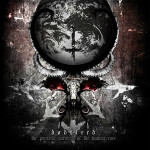 Dodsferd – The Parasitic Survival of the Human Race
Dodsferd – The Parasitic Survival of the Human Race
Despite the ideologically-correct title (for black metal), this band shows us the true death of black metal: it has been assimilated by punk music. This sounds, with the exception of a couple black metal open strum riffs, exactly like the same droning hardcore bands were pumping out in the early 1980s. That music was the source of the stagnation that launched underground metal. I’ve listened to this thing three times and it has no negatives. There is nothing wrong with it. There’s also nothing compelling about it; it’s just more void. Technically, it all fits together. It’s just boring and expresses nothing. It is essentially hardcore punk music from the early 1980s with better drumming and production, maybe a black metal riff every seven riffs. But if you already own Discharge and Darkthrone, there’s utterly no reason to listen to this. Even if you don’t, it makes no sense to try to listen to this instead.
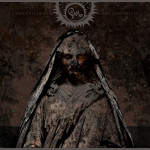 Gris – À l’Âme Enflammée, l’Äme Constellée…
Gris – À l’Âme Enflammée, l’Äme Constellée…
Oh wow. Titles in French, looks misanthropic, maybe Vlad Tepes has returned! Second coming of Loudblast, even? No, it’s emo. Riddle me this: if emo isn’t like the fat girl addicted with meth that you woke up next to in the basement and felt great shame for the next, why do people keep trying to hide it? This is the same droning yet bittersweet minor-key background noise that Jawbreaker put on their albums and before that, that emo bands kept trying to insert into punk. What is emo, after all, but the very basic tonalities of rock music translated over an upbeat groove into power chords with dissonant voicings? When you look at what can’t be used, you see what is left. In the same way that the blues scale is the classical diatonic major scale with the key-centric notes removed (and a blue note for color-note rhythm comp fudging), emo is what happens when you take all the life out of music and translate it into rules to keep an audience in suspense. It doesn’t ever go anywhere, just shifts between these same few interval progressions. And yet, there it is. And people who apparently know nothing about thinking keep buying it. This is very frilly, dressed-up, entertaining variety, but underneath all the stupid pet tricks and gaudy clothing is the same old tedium. This is the sound of a genre dying.
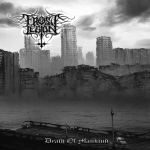 Frost Legion – Death of Mankind
Frost Legion – Death of Mankind
Crossing punk and heavy metal styles with a black metal aesthetic of constant high-intensity drumming and droning riffs, Frost Legion make black metal that often sounds like it is assembled from spare parts but tries to keep a focus on the melody and savagery of black metal. Vocals are a constant rasp that varies inflection as little as possible, over active double-bass drumming reminiscent of later Ancient Rites. Riffs are often drifting melodic constellations formed of a few chords which work through permutations of loss and re-acquisition of a root note. Often the riffs are very similar to each other which causes an unsettling loss of orientation, and frequently they bring out melodies which resemble music from the 1930s, but the effect is to create a sense of longing. One thing this band could do better is dynamics; it uses nearly constant intensity most of the time which is exhausting. While song structure is essentially riff-based, these riffs may need to correlate to something else in order to make the composition memorable. The constant melodic riffing is reminiscent of Carcariass and bands of that ilk who are deeply invested in guitar creativity and sometimes lose sight of memorable songs. This is a good start and it will be interesting to see where these guys end up after they’ve had a chance to contemplate the results of listening to this album several dozen times.
We walk among you. We are legion and yet can travel unnoticed in the midst of your cities. We are those who try too hard, and many of us ended up in black emtal. Aethereal brings many strengths but suffers from trying too hard. Coming from the wilds of the USA, the amazing thing about this demo is that it attempts to shape the melodic architectures of a European band. It seems caught between a more vicious Behexen-style assault and a traditional melodic metal attack shaped around Sacramentum, Dissection and perhaps even Sentenced. Most would argue this into the black metal camp on vocals alone, but it has aspects of many genres of metal. Technically precise and musically coherent, these longer songs more resemble the ambitious music before the Great Partition in black metal which set the classics in the past and brought a deluge of imitators to attempt to pollute the genre. The first track, “Scornful Skies,” launches from a battering assault of melodic chords resembling rainfall in sheets to a neo-Celtic style intricate lead riff, fading into a Dissection styled mood piece before evaporating into an interlude of gentle strumming without distortion and a return to a contortion of its origins. The second track, “Qliphothic Reflections,” resembles much more of the black metal of the post-initial era, with low use of dynamics and high intensity blasting with transitional melodic riffs leading us through a semi-circular structure. Both tracks show promise if developed. But again, the problem is trying too hard: looking at what all the great songs have, and trying to make your own version without knowing what connects them. If these guys trust their gut instinct and what they like to listen to rather than what they think they should be creating, they would do better. Take it from a guy who tries too hard in his biggest failures as a writer.
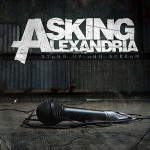 Asking Alexandria – Stand Up and Scream
Asking Alexandria – Stand Up and Scream
If any of you were to discover that your testosterone levels were too high, and your doctor advises you to take estrogen injections: before doing that, consider listening to this album – in approximately 3 minutes, you will feel immediate results. An album like this could be created only by the results of a CIA project designed to make people believe malls are desirable. (Somewhere, Bill Hicks is turning over in his grave.) For the rest of us, upon hearing this we wish that we were in that grave. This band has the uncanny ability to not only make every song sound identical, but also every riff. Then again, most people listening to this are undergoing “spiral learning” – the repetition is something they’re used to. Please don’t listen to this. If you don’t have enough respect for yourself to avoid this, just go all the way: go to Starbucks, pick up a la- oh alright, that joke is overused. This band sucks. That’s all.
35 CommentsTags: aethereal, alternative metal, asking alexandria, benighted, black punk, death metal, detritus, divine circles, dodsferd, emo, eva polgar, fear of domination, fluisteraars, frost legion, gris, Heavy Metal, indie metal, math-metal, metalcore, mucho sucko, nu-metal, sadistic metal reviews, sandor valy, screamo, shoegaze, slipknot, sunn o))), towers, Ulver, woods of desolation

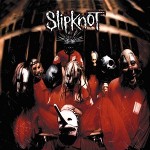
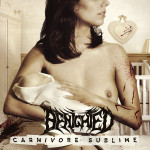

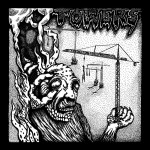
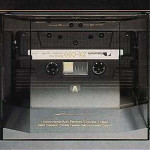
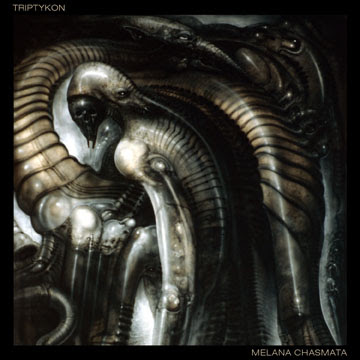
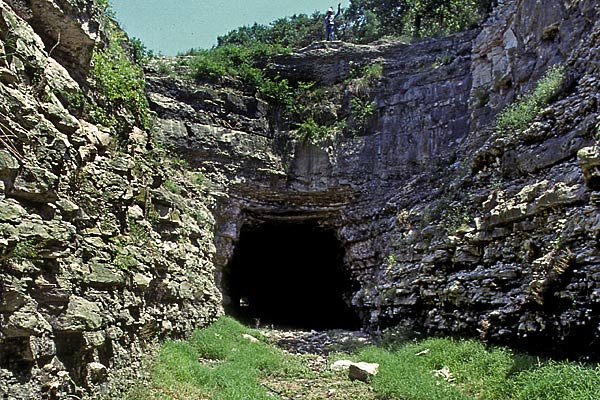

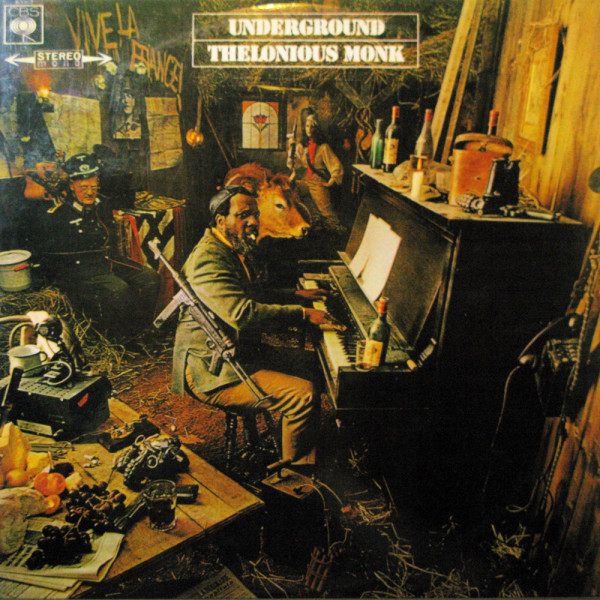
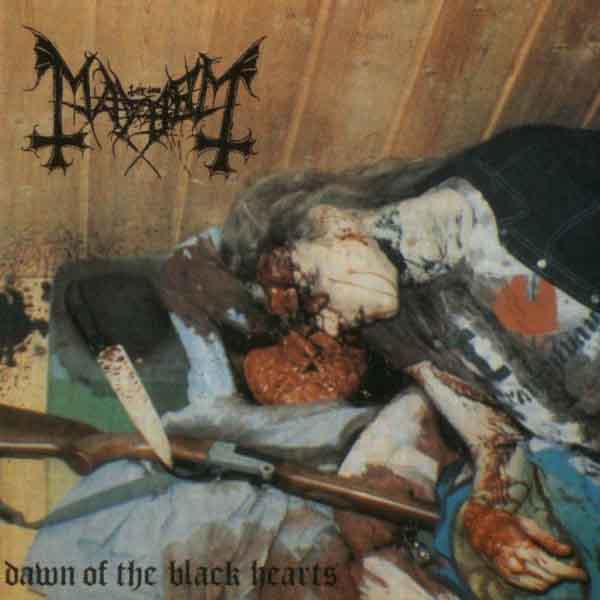
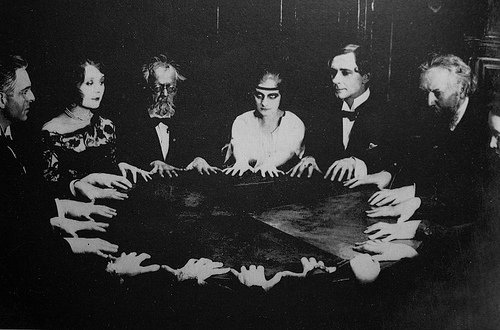
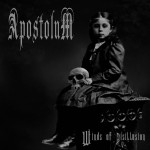
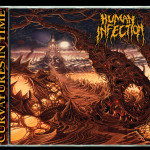
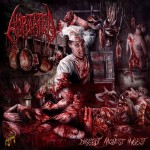

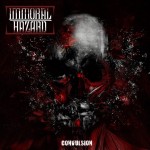


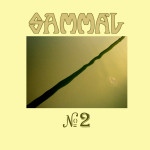
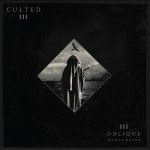
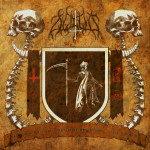
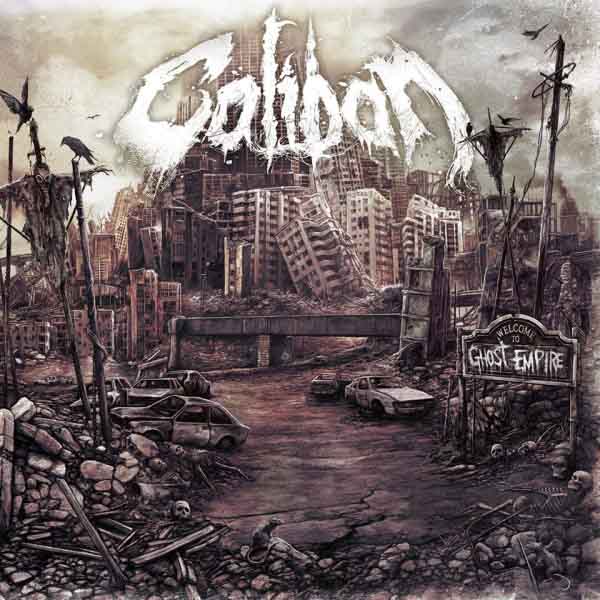
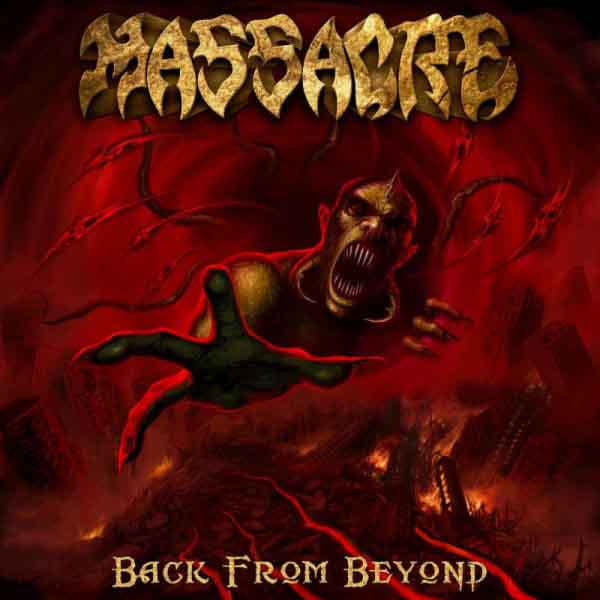

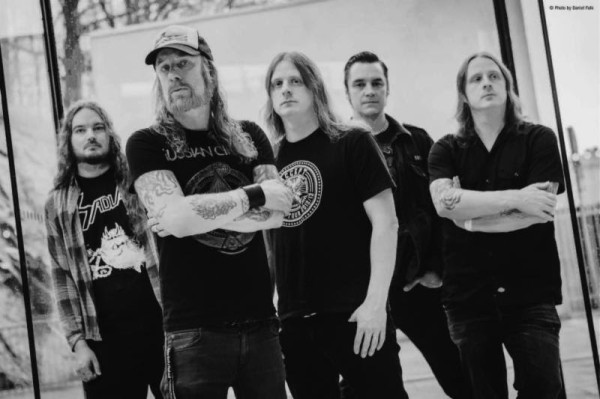

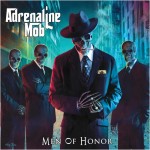
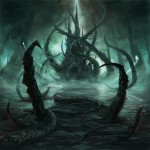
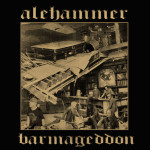
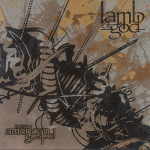
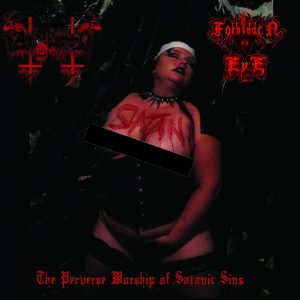 Anal Blasphemy / Forbidden Eye – The Perverse Worship of Satanic Sins
Anal Blasphemy / Forbidden Eye – The Perverse Worship of Satanic Sins